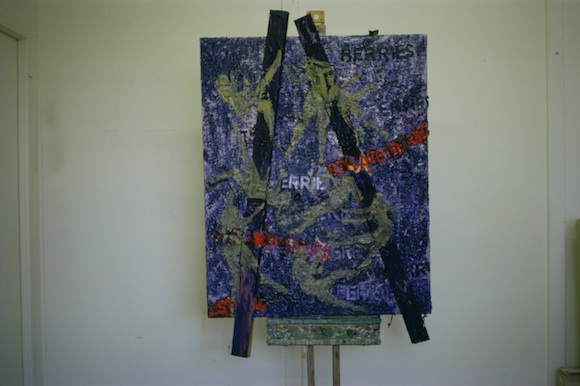
//Berries – 8 Yellowy Green Female Forms, Malcolm McLaren, 1969. Mixed media,
5 x 4’. Photo (c) Barry Martin/Malcolm McLaren Estate//
“I started out in art school as a painter. I studied there for eight years and most of my education was based around the visual arts. I learnt all my politics and understanding of the world through the history of art.”
Malcolm McLaren speaking on British arts documentary series the South Bank Show, 1983
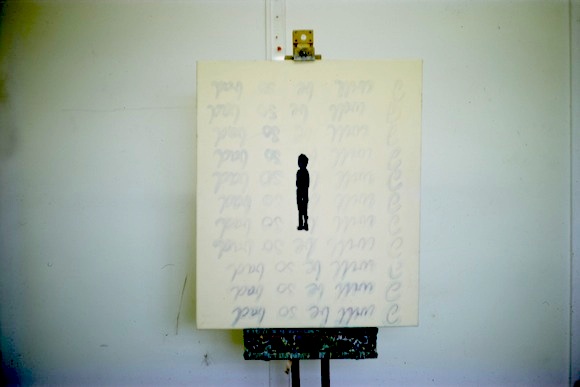
//I Will Be So Bad, Malcolm McLaren, 1969. Oil on canvas, 15 x 12”. Photo (c) Barry Martin/Malcolm McLaren Estate//
Among the exhibits at Let It Rock, the Malcolm McLaren room at this autumn’s group exhibition Art In Pop at Magasin in Grenoble, are never-previously exhibited photographs of the late cultural iconoclast’s paintings taken by his teacher Barry Martin during McLaren’s student days in the 60s.
These are discussed in this extract from the exhibition introduction:
In the summer of 1969, at the end of his first year of the fine art course at London’s Goldsmith’s School Of Art, the 23-year-old student Malcolm Edwards showed 10 or so gestural paintings, mainly oils on canvas with some integrating text statements and others used as the basis for mixed media experimentation incorporating chicken wire, hammered wood planks and, in one case, an inverted paper envelope against depictions of leaf forms.
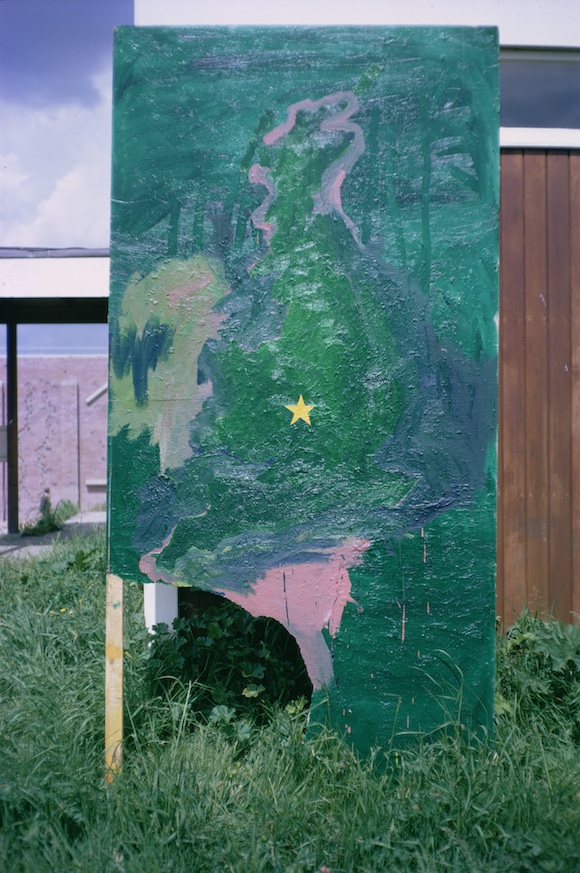
//Map Of British Isles With Yellow Star And Hole, Malcolm McLaren, 1969.
Oil on canvas, 7 x 4’. Photo (c) Barry Martin/Malcolm McLaren Estate//
During a 90-minute critical review by his teacher Barry Martin, Edwards (soon to revert to his birth-name of McLaren) declared his rejection of the limitations imposed by traditional art forms, in particular painting.
McLaren subsequently destroyed all but one of the works. In a symbolic statement the exception, the largest canvas – the 7ft tall Map Of British Isles With Yellow Star And Hole, into which he had already kicked a sizeable hole – was left to rot in the summer rain in the yard at the back of the college. Eventually it was torn apart and taken away by the dustbin-men.
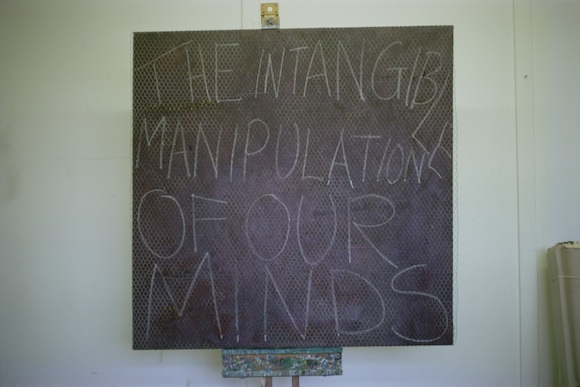
//The Intangible Manipulation Of Minds, Malcolm McLaren, 1969. Mixed media, 4’6″ x 4’6”. Photo (c) Barry Martin/Malcolm McLaren Estate//
McLaren dedicated his remaining two years at Goldsmith’s to organization of events and film-making, one about his hero, the early British rock’n’roller Billy Fury merged into an unfinished commentary on consumerism centred on the history of London’s main commercial thoroughfare, Oxford Street.
In doing so McLaren was inserting himself into the lineage back to Duchamp which included such figures as the Dutch Situationist Asgar Jorn, who had proclaimed “Painting is dead” in 1958, and in particular Andy Warhol, who explained his sponsorship of The Velvet Underground in 1967 by saying: “Since I don’t really believe in painting anymore we have a chance to combine music and art.”
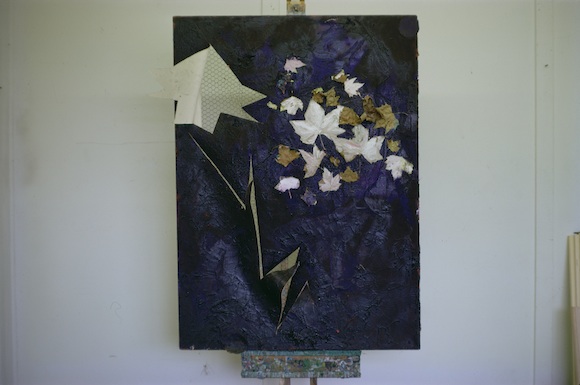
//Leaves, Nature And Cuts, Malcolm McLaren, 1969. Mixed media, 4 x 3’. Photo (c) Barry Martin/Malcolm McLaren Estate//
McLaren later described his decision to open the boutique Let It Rock in London’s King’s Road on exiting the art school system in 1971 as “jumping into the musical end of painting”; here McLaren blazed the trail dictated by his formidable art education by creating new artworks as fashion pieces out of the juxtaposition of found objects.
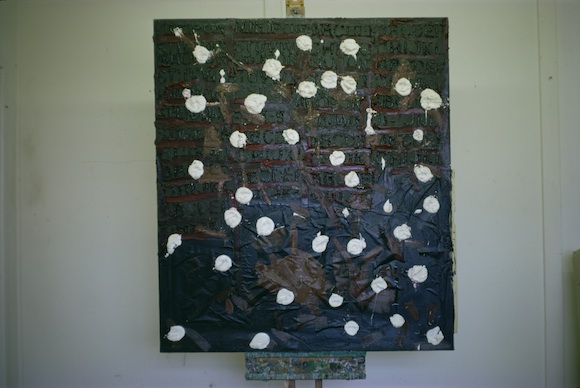
//Words Trapped In Brick Compartments With Prostrate Figures, Malcolm McLaren 1969. Oil on canvas, 5 x 4’. Photo (c) Barry Martin/Malcolm McLaren Estate//
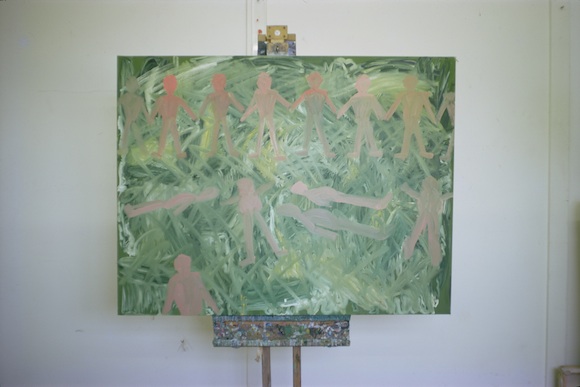
//14 Pink Figures On Moving Sea Of Green, Malcolm McLaren, 1969. Oil on canvas, 12 x 15”. Photo (c) Barry Martin/Malcolm McLaren Estate//
Thanks to Barry Martin for his insights and assistance in putting together the Malcolm McLaren segment of Art In Pop. Martin continues to practice as an artist and sculptor; this is his website.
Art In Pop, which opens on Saturday, is curated by Magasin’s Yves Aupetitallot with John Armleder, Young Kim of the Malcolm McLaren Estate, John Miller and I. The exhibition runs until January 4, 2015 at Le Magasin, Site Bouchayer-Viallet, 8 Esplanade Andry Farcy, 38028 Grenoble.
Details here.
Tags: Andy Warhol, Art In Pop, Asgar Jorn, Barry Martin, Centre National d'Art Contemporain, Duchamp, Goldsmith's School Of Art, Let It Rock, Lettrism, Nostalgia Of Mud, Seditionaries, SEX, Too Fast To Live Too Young To Die, Velvet Underground, Worlds End

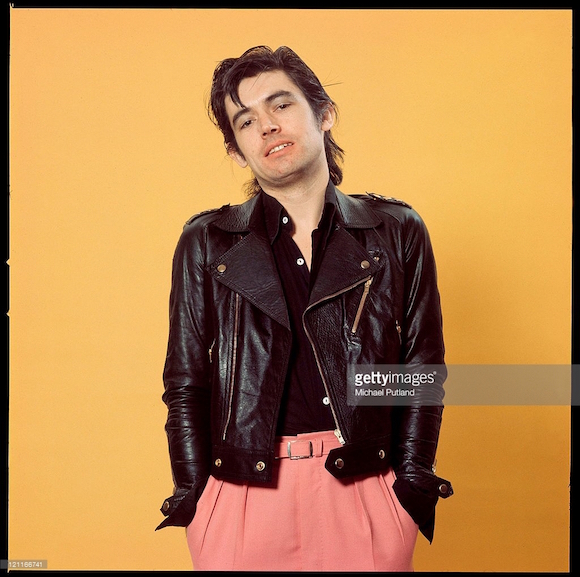
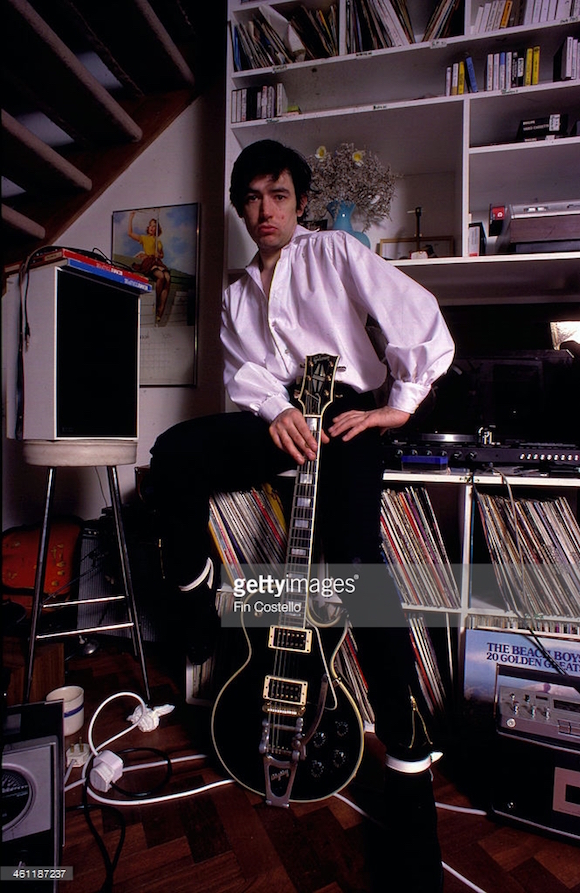


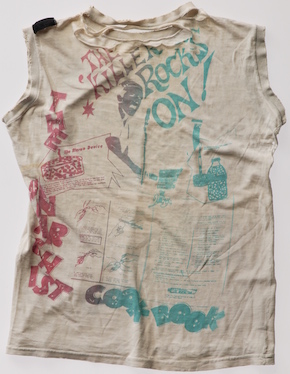
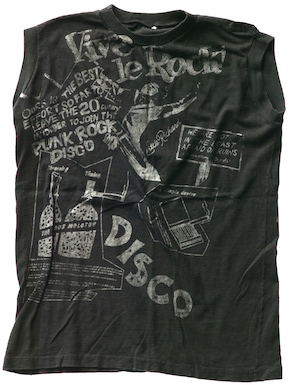


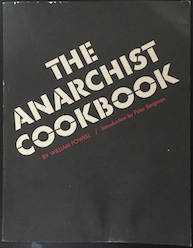


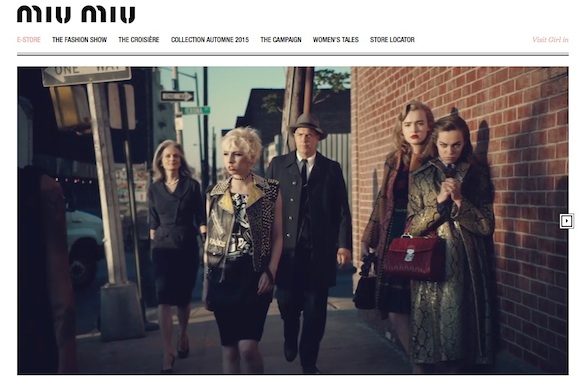
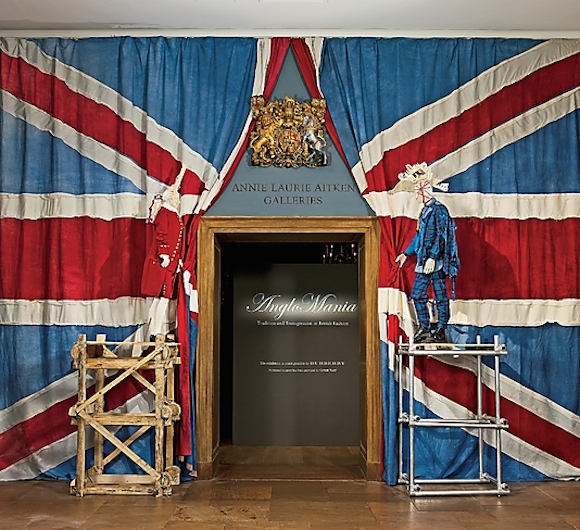
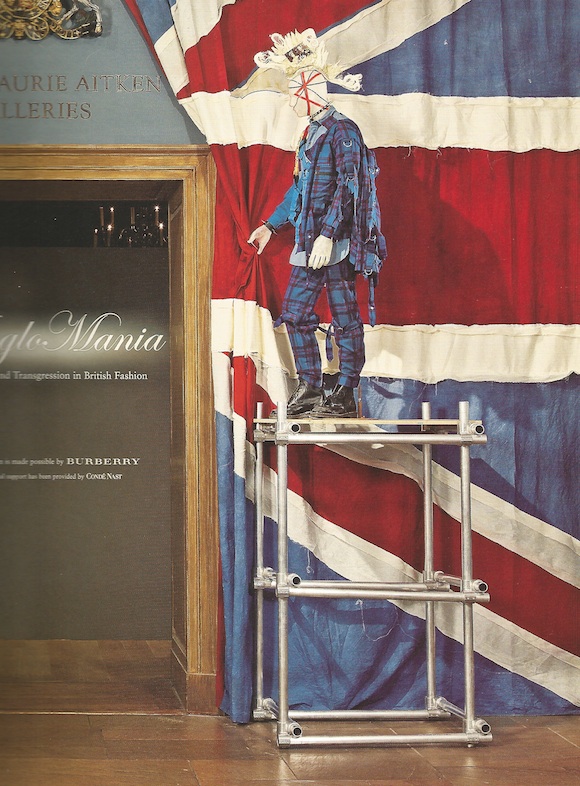
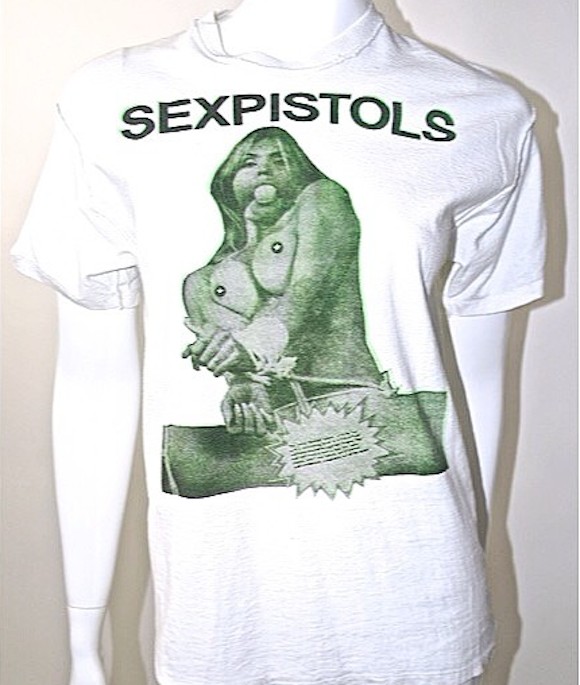
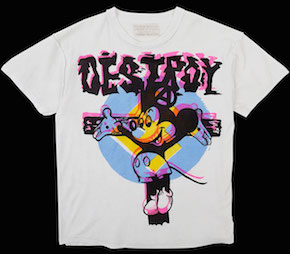
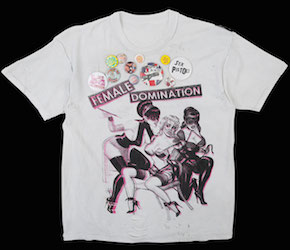
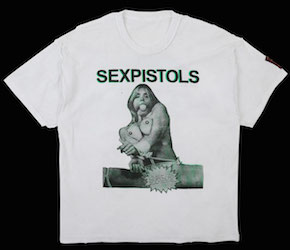
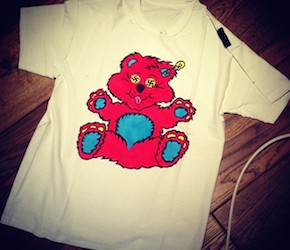
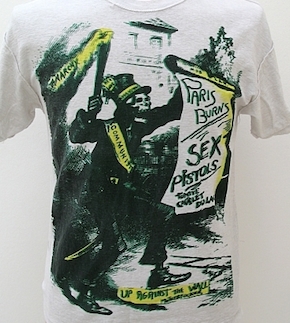
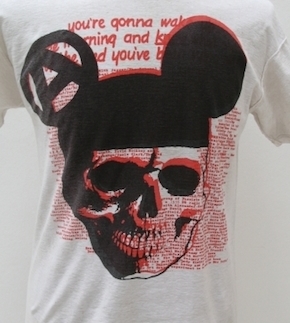
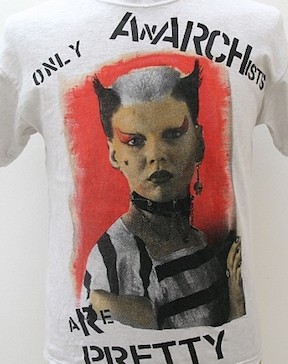
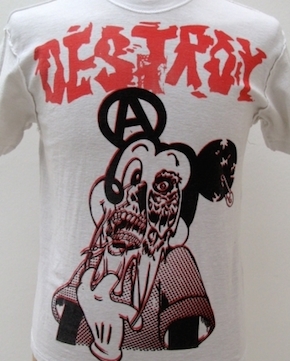
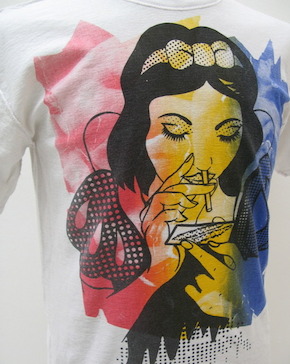
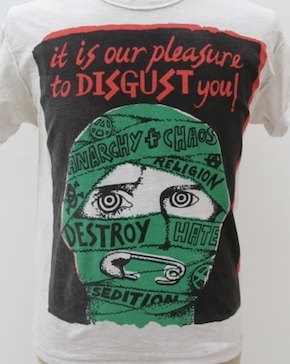
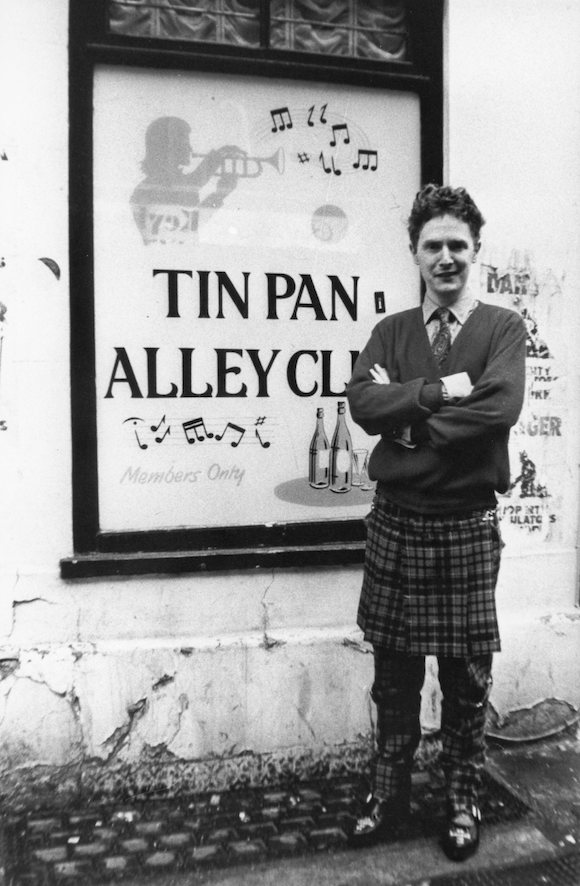
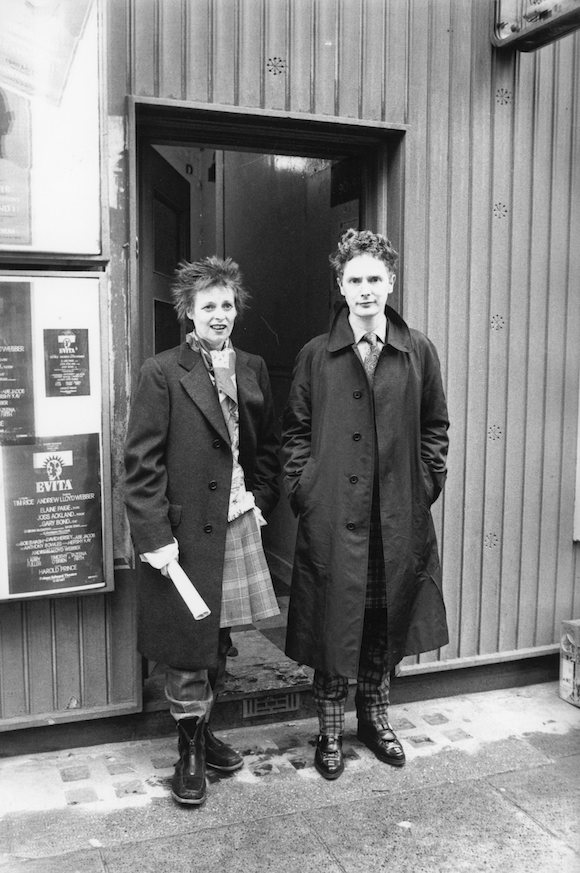
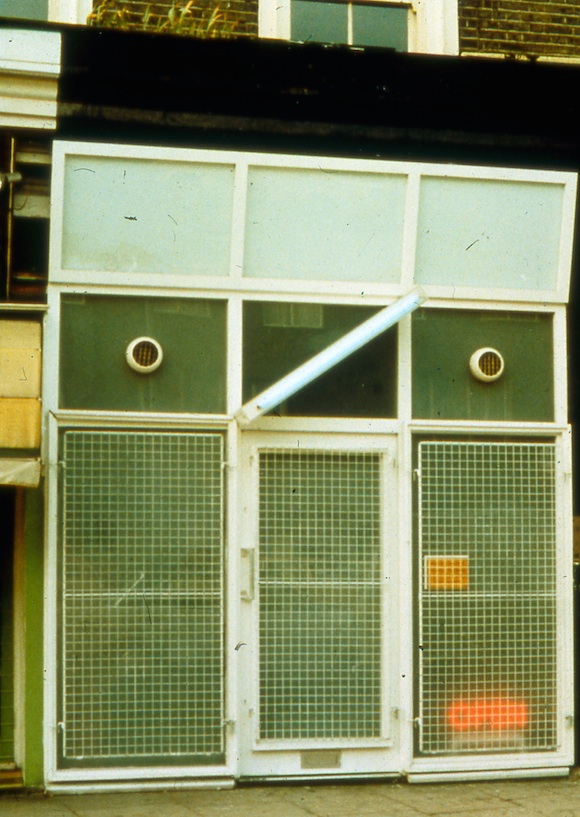
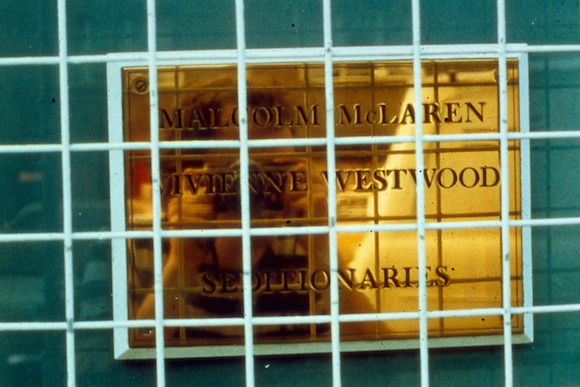

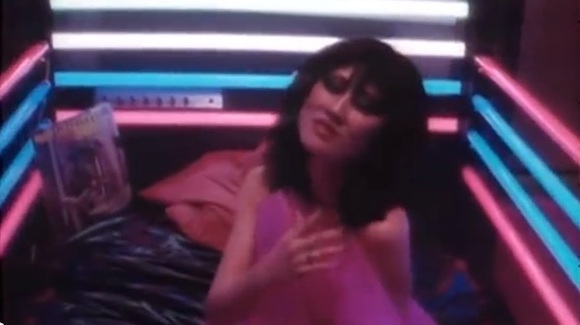
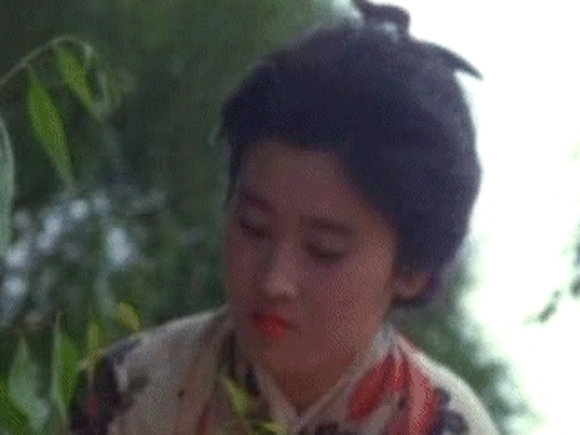







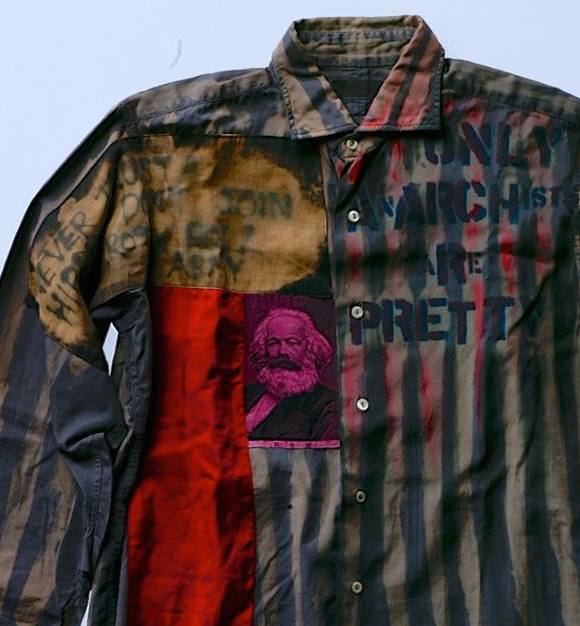

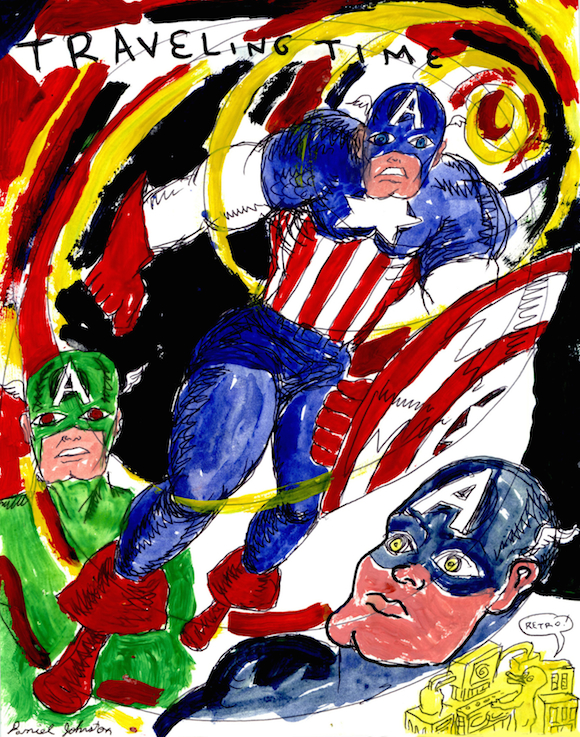
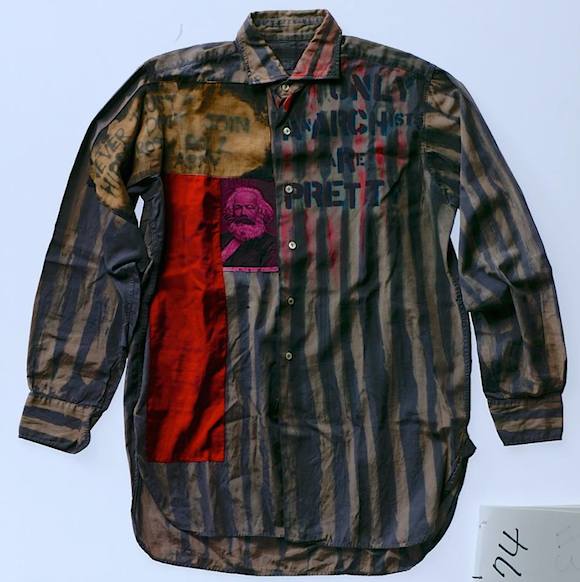
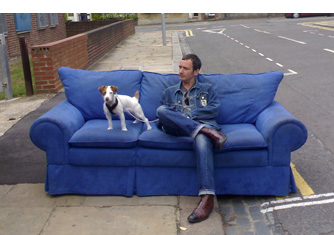






Recent Comments